Luxury Student Housing Sprouts in Bronx’s Little Italy
Editor’s Note: This first appeared in Norwood News as part of a collaboration between WFUV News and Bronxnet News.
By Jake Shore
In the market of renting apartments in the Belmont area of the Bronx, some developers have zeroed in on students from Fordham University. Many worry that new developments marketing heavily to students are doing a disservice to the neighborhood.
Fordham University has changed from a small, Bronx commuter college to a three campus university with more than 6,000 undergraduate students on its Rose Hill location. Some developers, like AB Capstone, want to give students an off-campus luxury alternative to Fordham dorms.
AB Capstone’s third luxury housing unit is currently under construction on Hoffman Street. It was the first company to bring specifically luxury student housing to the area. Their most high profile unit is called Artu Vitale and can be found on Arthur Avenue, just two blocks from the famed Arthur Avenue Retail Market. AB Capstone completed construction this spring as students left school following final exams.
The apartments cost around $1000 per bedroom according to Creative Director of AB Capstone Joseph Zanzuri. The housing accommodates 60 people and features a surveillance system with “more security cameras than residents,” said Zanzuri.
Artu Viale and the property under construction on Hoffman Street are joined by a 30 person luxury residence on Lorillard Place, also owned by Capstone. Each apartment only a block away from each other, they are marketed as luxury options for students looking to live safely and comfortably in the Bronx. Students have already moved into the Artu Viale and Lorillard properties.
“Arthur Avenue is a place for tourists and locals to shop and eat. But most of the people who do live in these houses around us are predominantly students. So how have we hurt the community by offering something better than there was before?” said Zanzuri. “More students are looking to live off campus nowadays.”
Zanzuri said his company’s luxury apartments are not unwelcome in the neighborhood.
“A lot of owners of student housing are thanking us,” said Zanzuri. “Due to our housing, they can ask for more rent.”
Another real estate firm marketing off-campus housing in Belmont include Brooklyn Standard Properties (BSP). They completed a deal last month to own a swath of buildings previously marketed as off-campus housing for Fordham students. The deal was finalized by co-founder David Manheimer who secured 104 rental units in 10 buildings, totaling their Fordham portfolio to 14 buildings since January.
Like Zanzuri, Manheimer said his company is offering “premiere rentals for the neighborhood.” Manheimer said they won’t discourage other Bronx residents from living in their units and are going to prioritize their units to Fordham students.
Their website, www.fordhamhousing.com, directly markets apartments to Fordham students, even suggesting they’re affiliated with the university. Fordham University does not sponsor off-campus housing developments, but companies like the BSP saw a market for students who wish to live off campus, said Manheimer. The website offers students $250 for every referral leading to a rental. “[W]e market towards students because I think that’s the highest supply of tenants in the neighborhood. It’s smart business to market that way,” he said.
But some worry that by continuing to market housing developments and properties to mostly Fordham students, a spot in housing is lost to someone who leaves after four years rather than someone looking to stay in the neighborhood long-term. District Manager of local Community Board 6 John Sanchez said when you market housing exclusively for students, you can be keeping out other residents, like young professionals looking for cheap housing, who may want to live there for longer than four years.
“We don’t want community residents to be denied the chances to have these apartments. It shouldn’t be an exclusive thing. I think when you have an exclusive development or you market it as exclusively for students that can create tension between residents and the students. And there shouldn’t be that tension because the students are a part of our community,” said Sanchez.
Sanchez said students are an important part of the community and the local economy though he hopes developers keep the broader community in mind when building in the neighborhood.
“I think having them coexist is a lot better than trying to separate university from the community,” said Sanchez.
Local leaders hope to see mixed incomes and housing in Belmont. Council member Ritchie Torres represents the neighborhood, and he said he doesn’t take issue with luxury student development cropping up. Torres said he would prefer that more development in the area would be tailored to long-term residents and working professionals, like the Bronx’s many healthcare workers.
“The key to deconcentrating poverty is to have a mix of incomes living in the neighborhood,” said Torres, “It’s a noble pursuit.”
Torres said the new buildings going up have not displaced any residents so far, but he will be on the lookout for it.
For Frank Franz, Treasurer for the Belmont Business Improvement District, he sees students as an important part of the Bronx community, even if they only live there for a short while.
Franz has lived in the area all his life. He said he wants to build up the quality of the neighborhood through new housing developments not just going to students, but to the Bronx’s teachers, police officers and medical professionals.
“You can’t get people of better means living here in crappy housing,” said Franz. “The neighborhood needs to be economically diversified.”
Of the people living in Belmont, the neighborhood has historically been a delicate balance of Italian heritage, college town, and recent immigrants who are trying to make a life in New York City. The NYU Furman Center put the neighborhood in 2015 at 29.7 percent foreign born, 61.4 percent Hispanic, 29.7 percent black, and 4.5 percent white. The district also has the highest unemployment rate in New York City with 44 percent of residents living below the Federal Poverty Line.
For Fordham students, living off-campus is a respite from on-campus housing prices and rules. Room and board for an on-campus student costs $17,445 for this school year (up from last year’s $16,845). Brendan Batcheller is a senior at the Gabelli School of Business and a Public Accounting major. He said living off-campus is markedly less expensive than living within Fordham’s gates.
“The cost of a year’s rent for us is less than 9 months worth of living in a dorm.” Batcheller said in an email, “There is definitely a greater sense of independence living off campus–having to deal with a landlord, paying utilities, fixing things as they come up, etc. provides a more realistic living situation then calling an RA or Facilities whenever you have a problem.”
Despite recent developments and increased renovations of properties to rent to students, Fordham University maintains that less students are moving off-campus. By looking at the difference between housing deposits and number of students, Fordham University spokesman Bob Howe said around 500 to 1,000 student leave Fordham housing to live in the Belmont area.
“Fordham students rent apartments across a variety of housing types in the local neighborhood, few of which could be described as luxury housing,” said Howe in an email.
For many Fordham students, the influx of the luxury apartment units means higher off-campus rents for students. AB Capstone’s Joseph Zanzuri said many landlords to students had thanked him for coming into the area, as it has allowed them to raise the price of rents.
When he first moved off-campus, Brendan Batcheller said he was glad to get out of the Fordham bubble. His apartment building is shared by both students and local Bronx residents.
“I do understand that if there is a market for [luxury apartments], nothing should intrude on a developer for building them and leasing them to Fordham students,” said Batcheller, “What I do not necessarily appreciate are buildings, such as those new ones on Arthur Ave., that specifically sell to Fordham students.”
For Sanchez, the development in Belmont should involve the community boards so they can work on housing that balances both the population of students in the area with young professionals that work in the Bronx and are the future of the borough.
“The students are a huge boon to the economy but in the same way so is the community that has been here for years.” Sanchez said, “I think having them coexist is a lot better than trying to separate university from the community. We should be intermingling.”





































































































































































































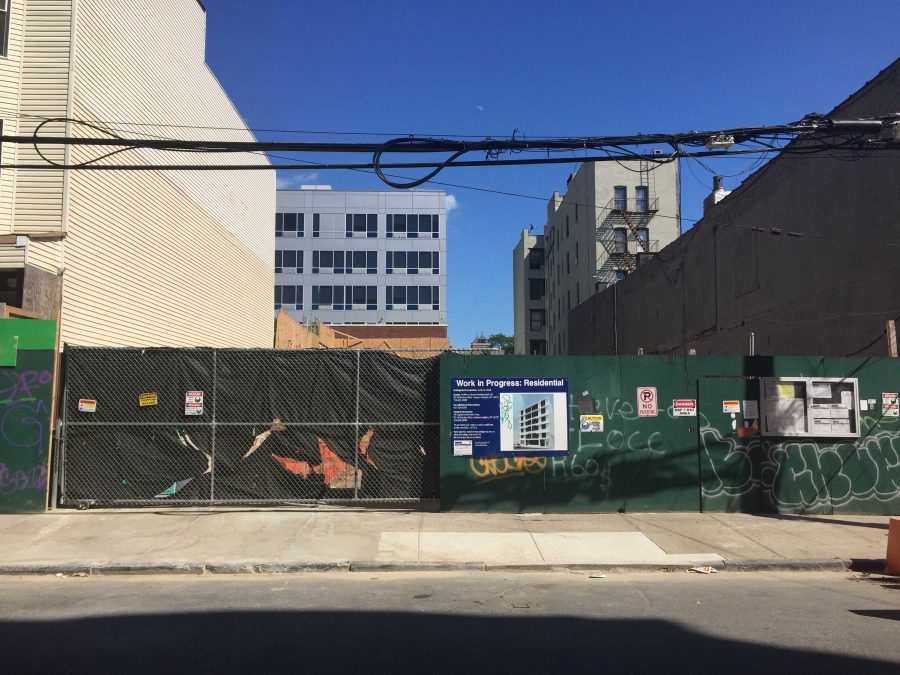
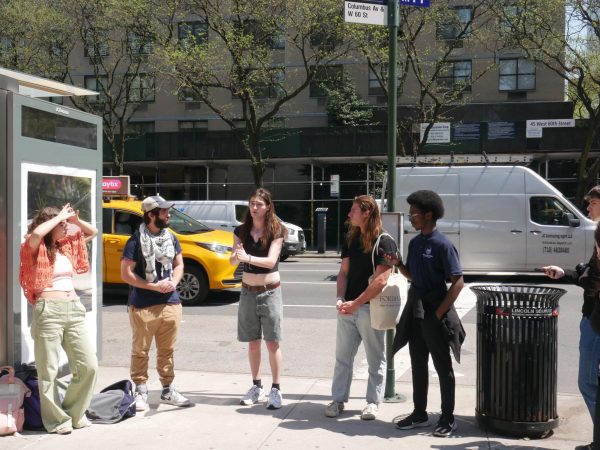
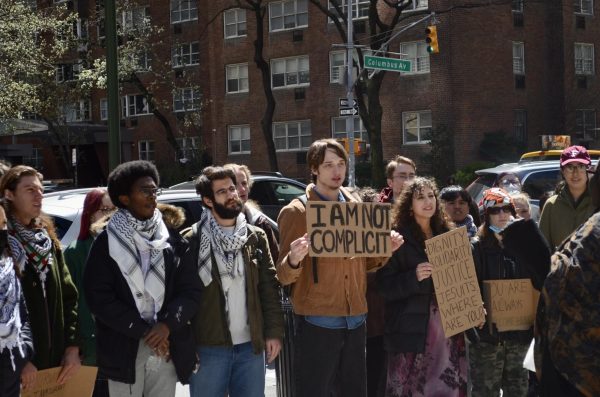

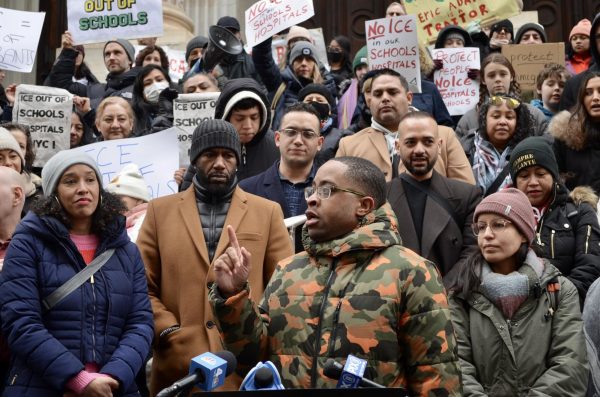

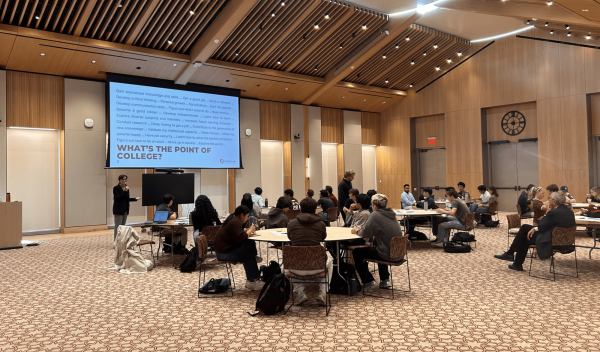
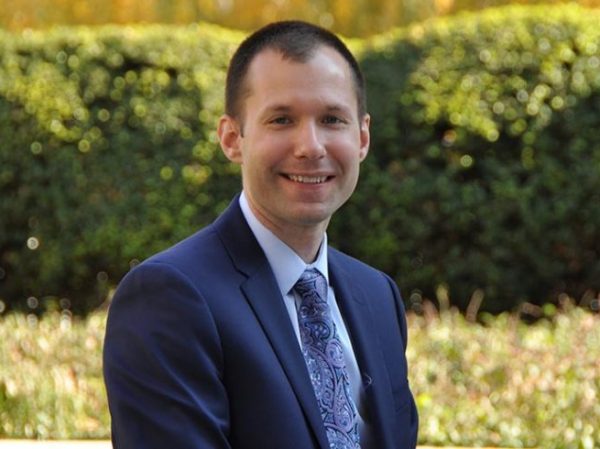



Sandy • Sep 30, 2017 at 3:16 am
Wakeup time for Fordham, like we didn’t see this coming! Fordham has been hosing students for substandard housing and now they are being cannibalized. What’s worse is that Fordham slept on the opportunity to buy land in the Bronx to expand, it desperately needs new science facilities for one. It was pretty clear that gentrification would sweep thru the Bronx especially around Fordham.